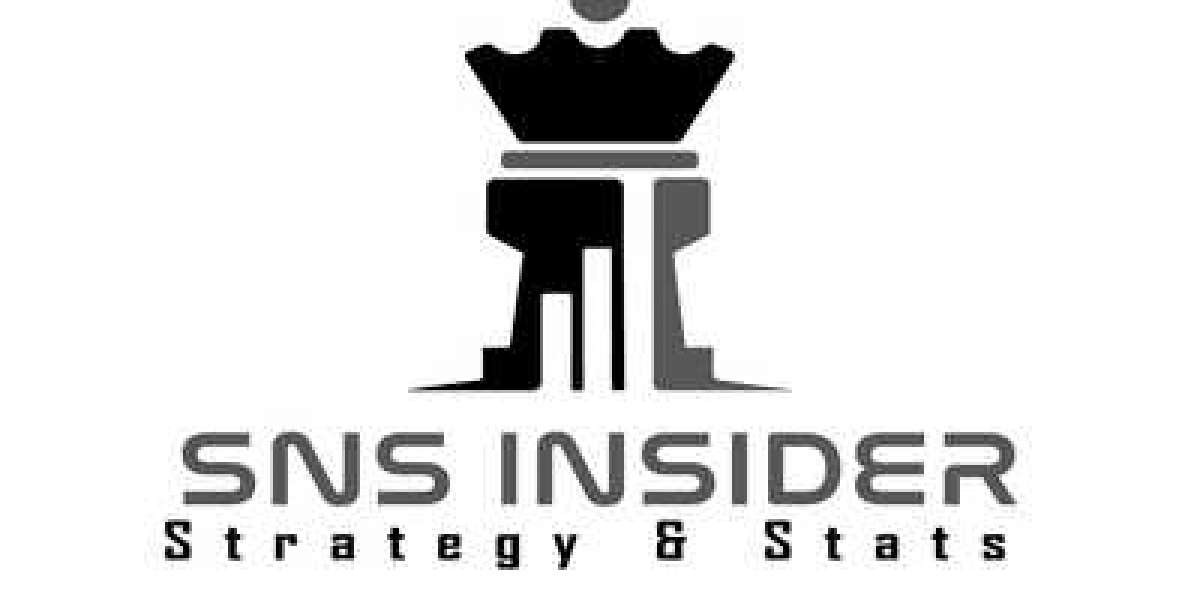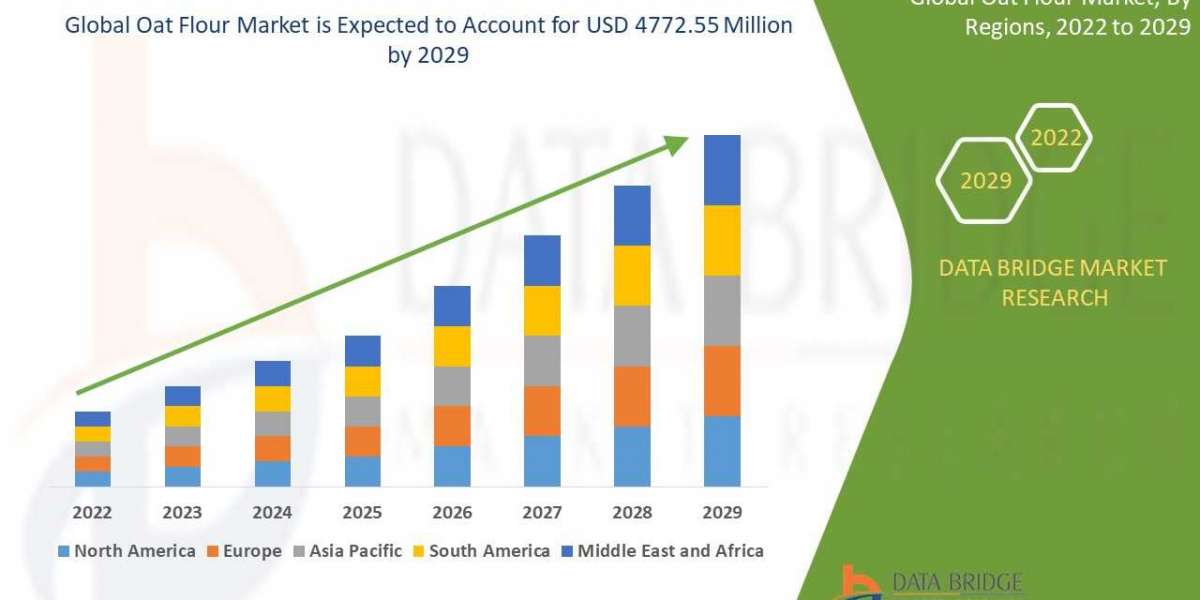Originally published by Quantzig: What is Data Lifecycle Management (DLM): Everything You Need to Know in 2024
The Ultimate Guide to Data Lifecycle Management (DLM) in 2024
Introduction to Data Lifecycle Management (DLM)
In today's business world, companies collect massive amounts of data from sources like customer interactions, business processes, and social media. While this data can provide valuable insights and drive business success, it must be effectively managed throughout its lifecycle. This is where Data Lifecycle Management (DLM) comes into play.
DLM is a structured approach to managing data from its creation to its eventual disposal. This ensures that data is stored, secured, and maintained properly throughout its existence. Key stages of DLM include data creation, storage, retrieval, maintenance, archiving, and disposal, ensuring that data remains accessible, secure, and compliant with regulatory standards.
Five Primary Goals of Data Lifecycle Management
DLM aims to achieve several key objectives:
- Data Security: Protect data from unauthorized access, theft, or loss.
- Data Integrity: Ensure data remains accurate and complete.
- Data Compliance: Adhere to regulatory requirements in data management practices.
- Data Availability: Guarantee data is accessible and usable when needed.
- Data Retention: Retain data for the necessary period and dispose of it properly when no longer needed.
Importance of Data Lifecycle Management
Understanding the significance of DLM helps prioritize efforts and address specific challenges:
- Data Security: Effective data management safeguards against unauthorized access. With the rise of data breaches and cyber-attacks, robust security measures are essential.
- Data Compliance: Adhering to regulatory standards reduces the risk of fines and reputational damage. Compliance with data protection laws like GDPR and HIPAA requires stringent data management practices.
- Data Integrity: Accurate and complete data is crucial for informed decision-making and positive business outcomes.
- Data Availability: Ensuring data is readily accessible supports business operations and decision-making.
- Cost Savings: Efficient DLM can reduce storage costs by archiving and disposing of unnecessary data, optimizing storage resources.
Six Key Stages of Data Lifecycle Management
DLM encompasses six essential stages:
- Data Creation: Data is generated and securely stored. This involves defining data requirements, establishing sources, and implementing data capture processes.
- Data Storage: Data is securely and accessibly stored, involving the selection of storage solutions, backup and recovery procedures, and ensuring redundancy.
- Data Retrieval: Data is accessed for business operations and decision-making, requiring the development of access policies, security measures, and searchable data systems.
- Data Maintenance: Regular maintenance ensures data accuracy and completeness, involving validation, cleansing processes, updates, and consistency checks.
- Data Archiving: Data is archived for long-term retention and compliance, involving defining retention policies, implementing secure archiving solutions, and ensuring accessibility.
- Data Disposal: Data is securely disposed of when no longer needed, involving secure destruction methods and compliance with regulatory requirements.
Implementing an Effective DLM Strategy
To implement an effective DLM strategy, consider these steps:
- Develop a Data Classification Policy: Classify data by its sensitivity and importance to prioritize management efforts and ensure security.
- Establish Storage and Retrieval Procedures: Define storage formats, indexing, and cataloging systems to ensure data is searchable and retrievable.
- Implement Security Measures: Ensure data security through encryption, access controls, multi-factor authentication, and regular monitoring and auditing.
- Develop Backup and Recovery Procedures: Define backup schedules, secure offsite storage, and regularly test recovery processes.
- Establish Retention and Disposal Policies: Define retention policies based on regulations and business needs, and implement secure disposal methods.
- Monitor and Review Processes: Conduct regular audits, monitor data usage and access patterns, and adjust management policies as needed.
Benefits of Implementing DLM
Effective data management offers several advantages:
- Enhanced Data Security: Strong protection against unauthorized access reduces the risk of breaches and attacks.
- Improved Compliance: Ensures adherence to regulatory standards, mitigating fines and reputational damage.
- Better Data Integrity: Maintains accuracy and completeness, supporting better decision-making.
- Greater Data Availability: Ensures data is accessible and usable, aiding business operations and decision-making.
- Cost Savings: Reduces storage costs by archiving and disposing of unnecessary data.
- Increased Business Agility: Enables quick responses to changing business needs, fostering innovation and growth.
Key Tools and Technologies for DLM
Several tools and technologies support effective DLM, including:
- Data Management Platforms: Provide storage, retrieval, and management capabilities.
- Data Encryption Tools: Secure data through encryption.
- Access Control Systems: Manage data access via Identity and Access Management (IAM) and Role-Based Access Control (RBAC) systems.
- Data Archiving Tools: Archive data for long-term retention and compliance.
- Data Disposal Tools: Ensure secure data destruction.
- Data Governance Tools: Support data governance initiatives.
- Data Backup and Recovery Tools: Facilitate data backup and recovery.
Common Challenges and Solutions in DLM
Challenges in DLM include:
- Data Overload: Managing large volumes of data from multiple sources and formats.
- Data Security: Ensuring robust security against sophisticated cyber threats.
- Data Compliance: Keeping up with complex and changing regulations.
- Data Silos: Overcoming data silos to ensure accessible data across the organization.
- Data Quality: Maintaining data accuracy, completeness, and consistency.
Solutions to these challenges include data classification, encryption, access control, archiving, integration, and quality management.
DLM vs. ILM
While DLM and ILM are often used interchangeably, they have key differences:
- Scope: DLM focuses on managing raw data within databases, while ILM handles a wider variety of information types.
- Compliance: DLM ensures adherence to data regulations, while ILM extends compliance to a broader spectrum of information governance.
- Lifecycle Phases: DLM covers distinct phases from data creation to disposal, while ILM encompasses content creation, classification, access control, and more.
- Integration: DLM integrates with data management tools, while ILM integrates with document management systems, collaboration tools, and knowledge bases.
DLM for Business Success
Effective DLM is critical for business success, ensuring data is properly managed throughout its lifecycle to support operations, decision-making, and regulatory compliance. By implementing DLM practices, organizations can:
- Improve Data-Driven Decision Making: Ensure data is accessible, accurate, and usable for better decision-making.
- Enhance Customer Experience: Understand customer needs and preferences for better product and service delivery.
- Reduce Costs: Optimize storage resources and reduce operational costs.
- Mitigate Risks: Reduce risks associated with data breaches and regulatory non-compliance.
- Drive Innovation: Leverage data for innovation and competitive advantage.
Partnering with Experts
Quantzig, a leading data analytics and advisory firm, specializes in implementing effective DLM strategies. Their services include data governance, architecture, security, archiving, disposal, quality management, and analytics.
Conclusion
DLM is a crucial aspect of modern data management, ensuring data is properly managed throughout its lifecycle. By implementing effective DLM strategies, organizations can enhance security, compliance, integrity, availability, and cost savings, ultimately supporting business success. Tools and technologies, along with solutions to common challenges, facilitate effective DLM implementation. In today's data-driven world, DLM is essential for leveraging data to drive innovation, improve decision-making, and gain a competitive advantage.
Click here to talk to our experts








